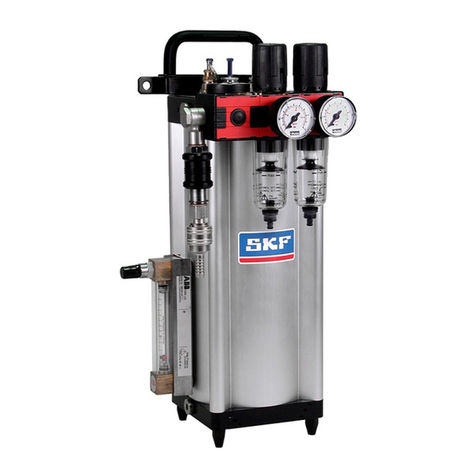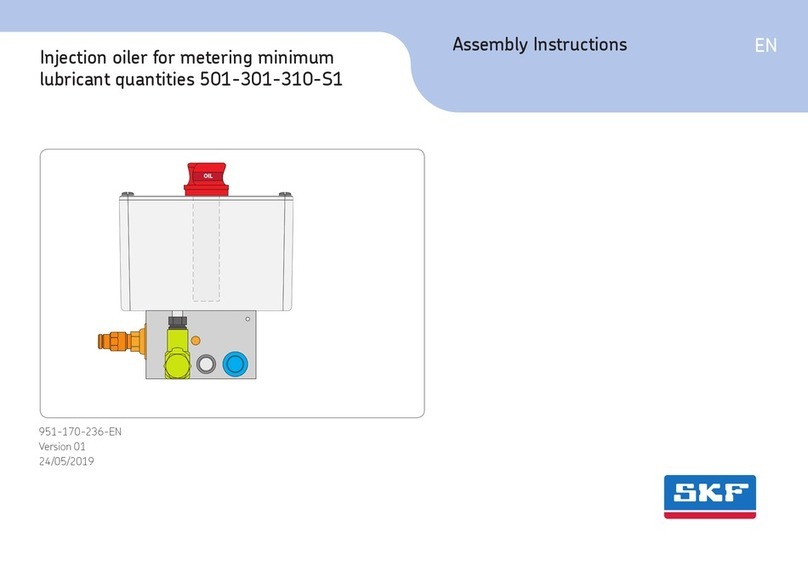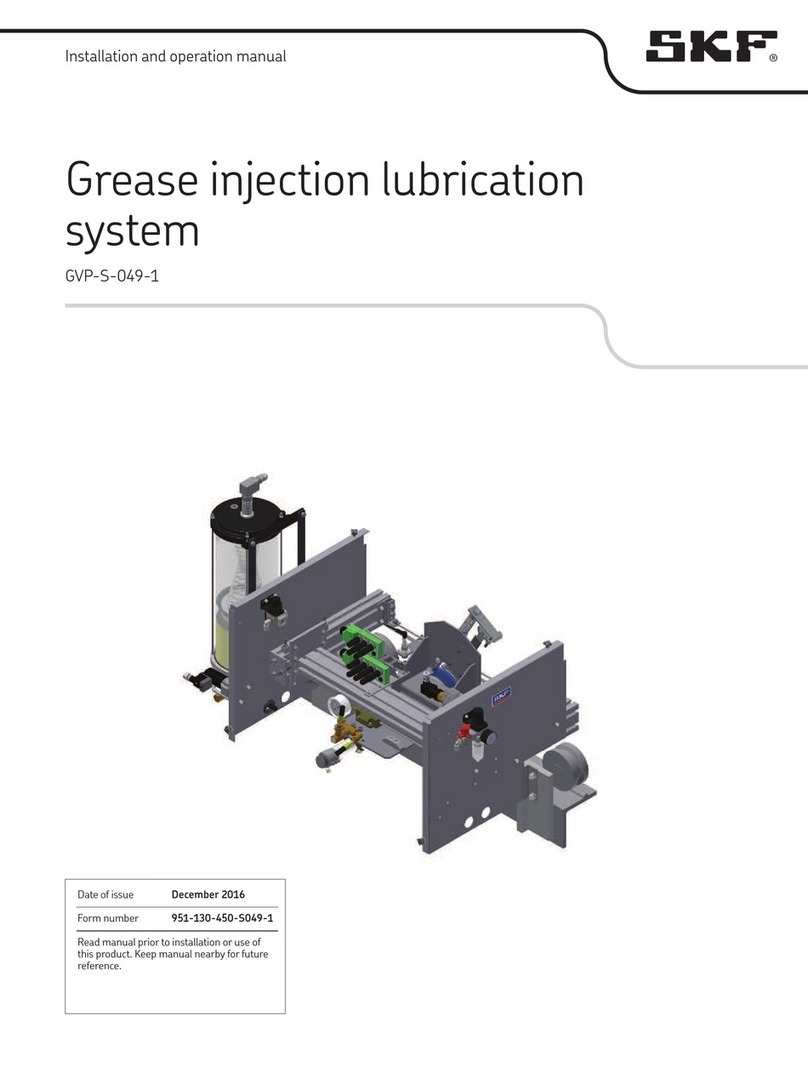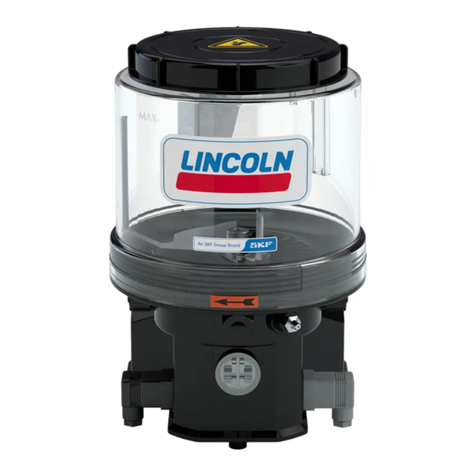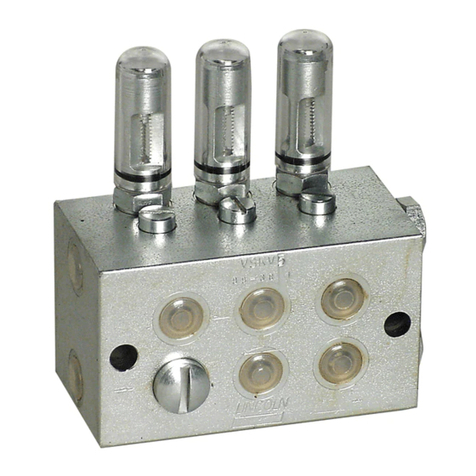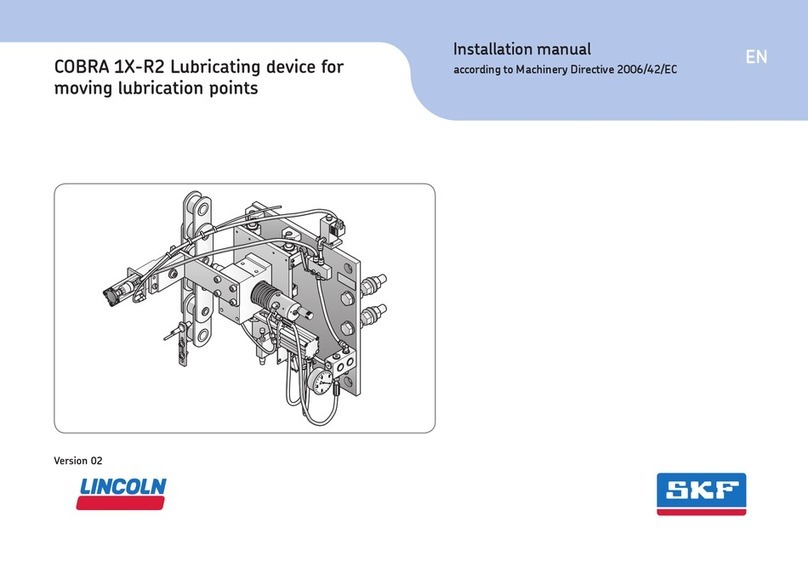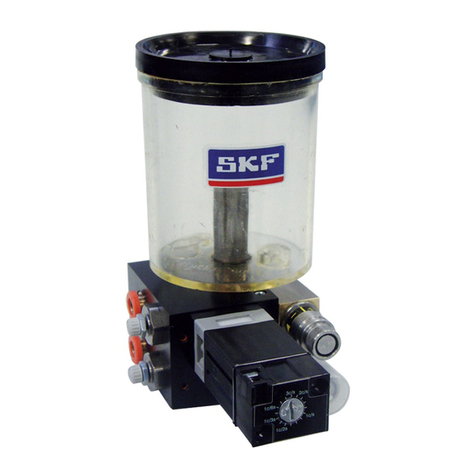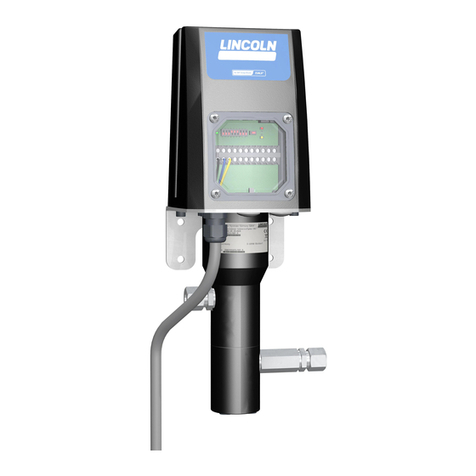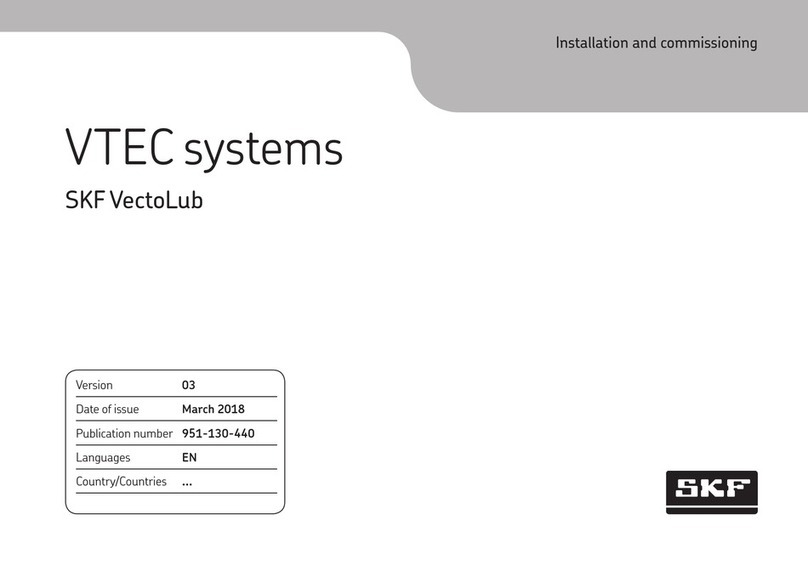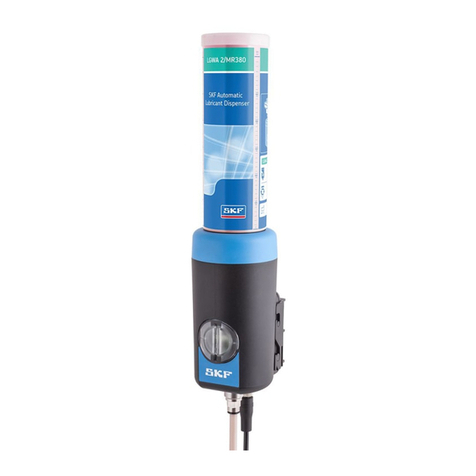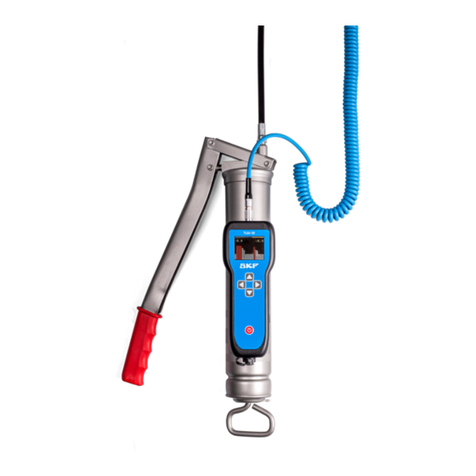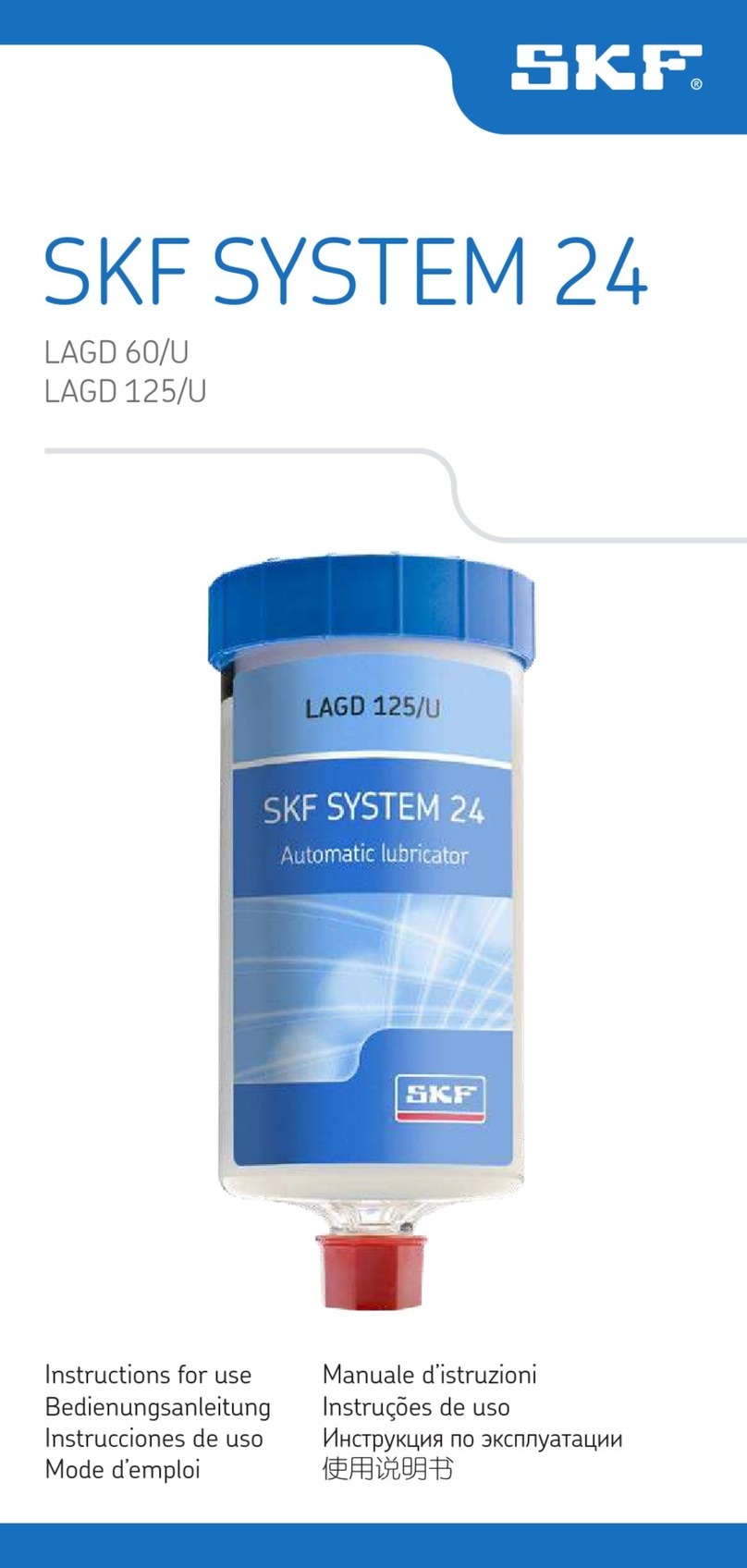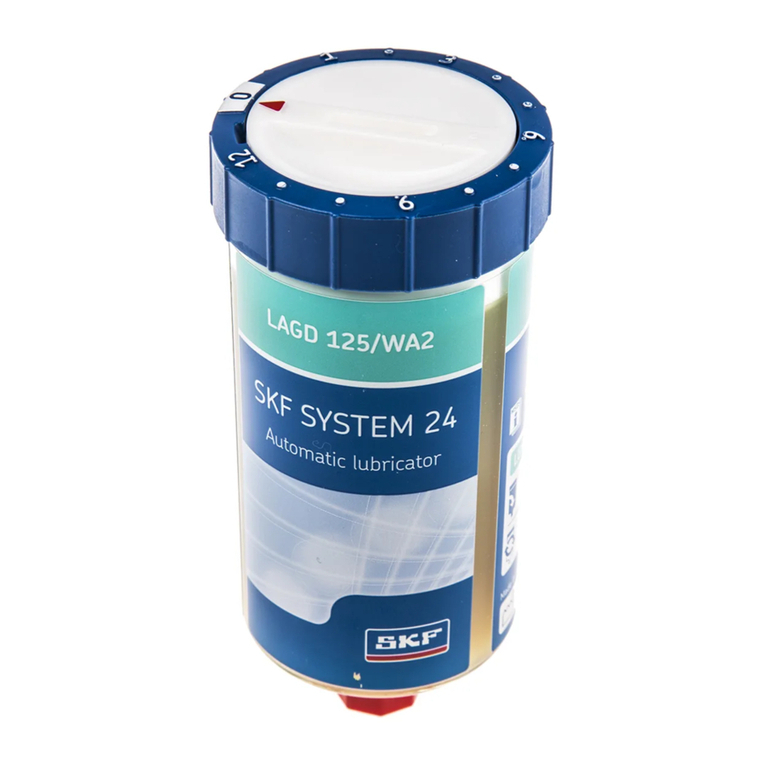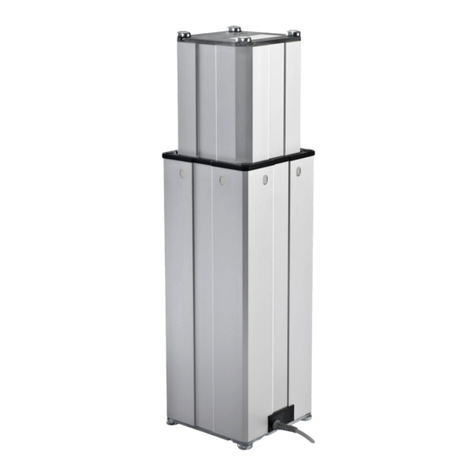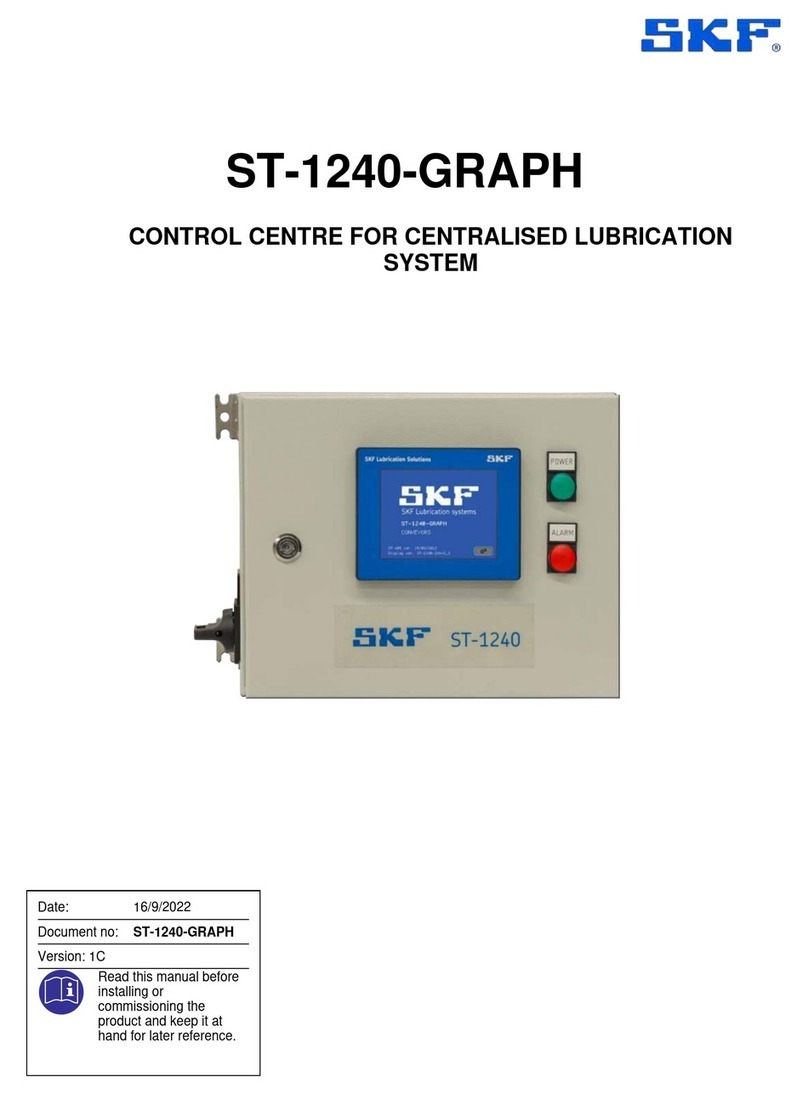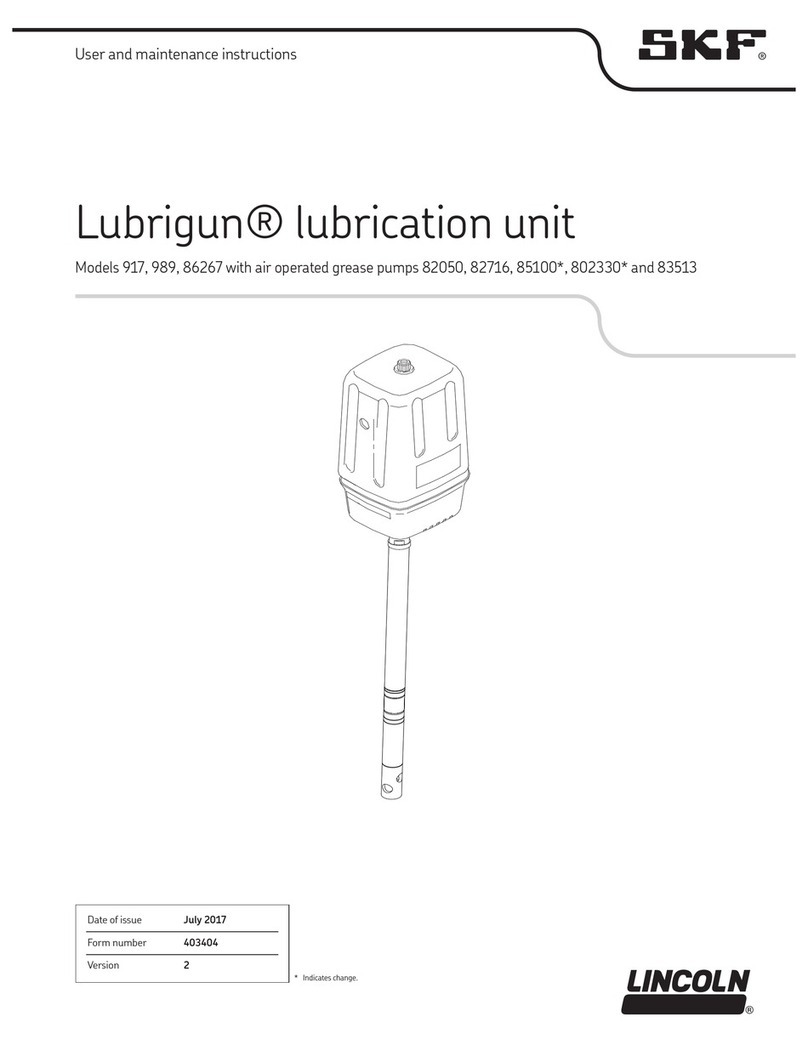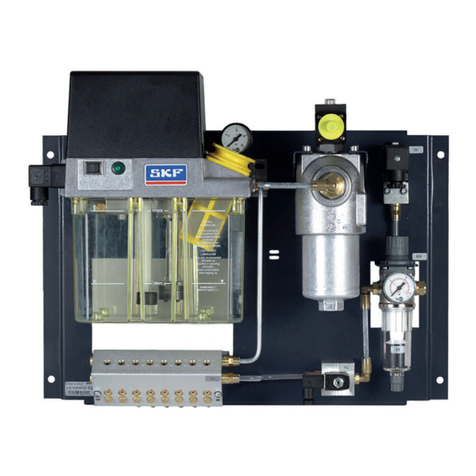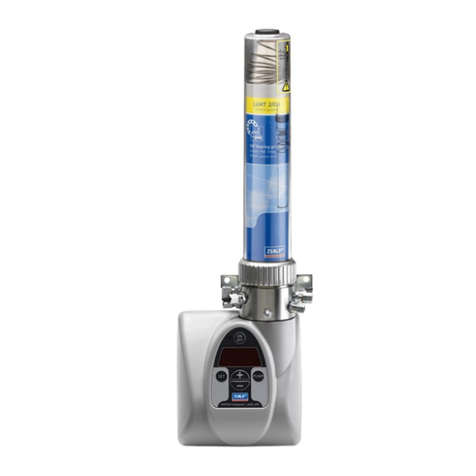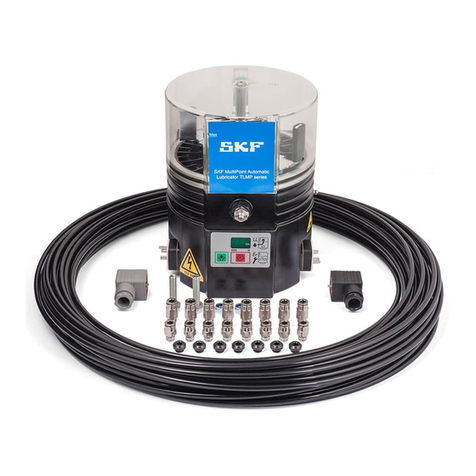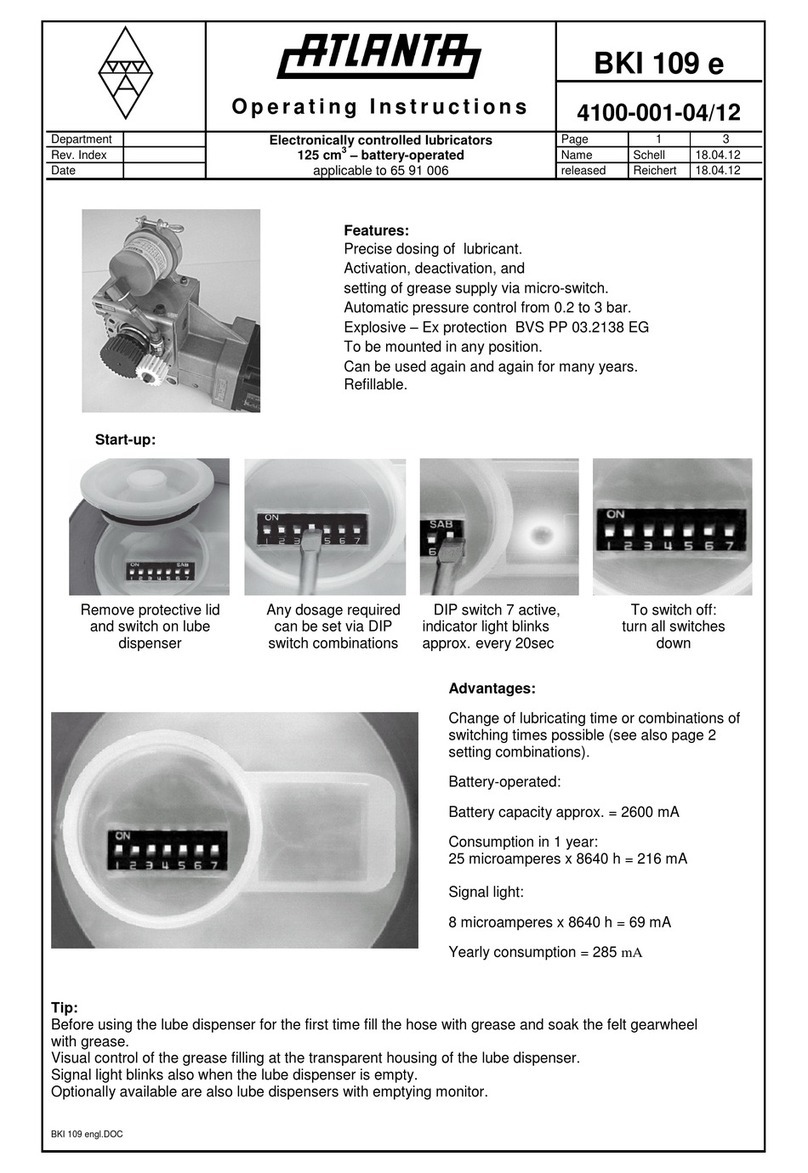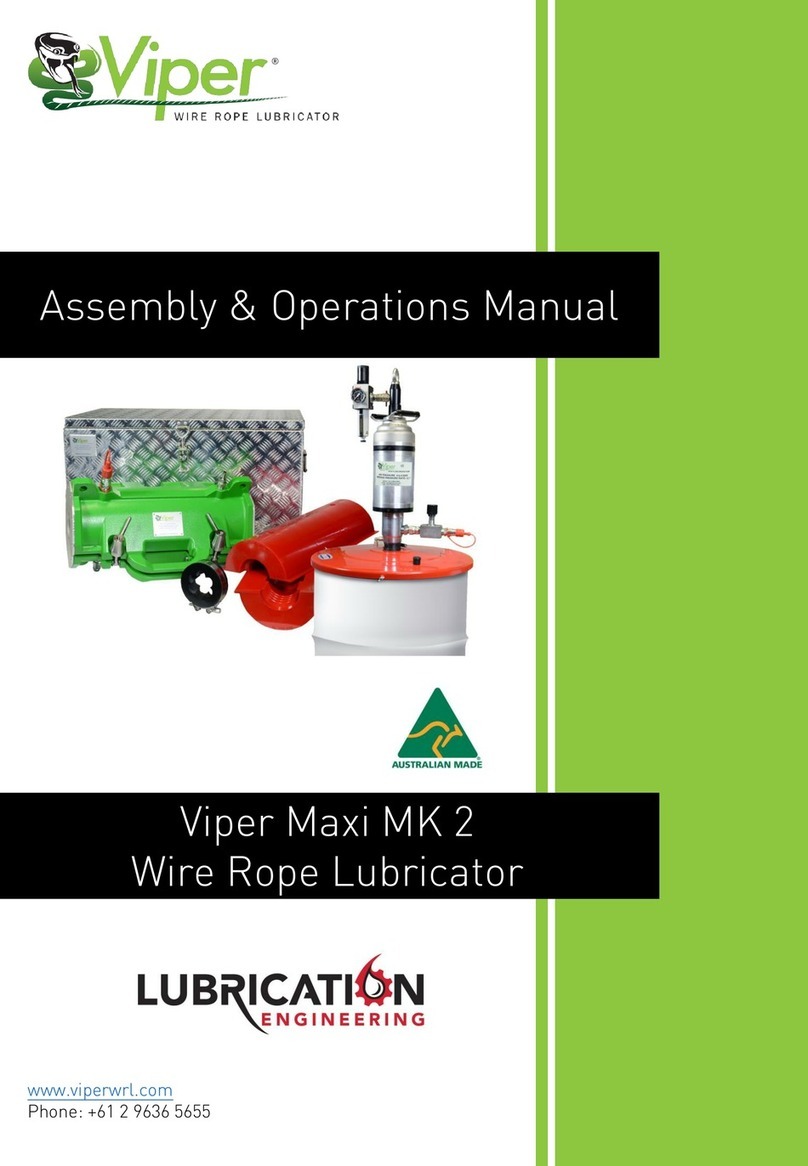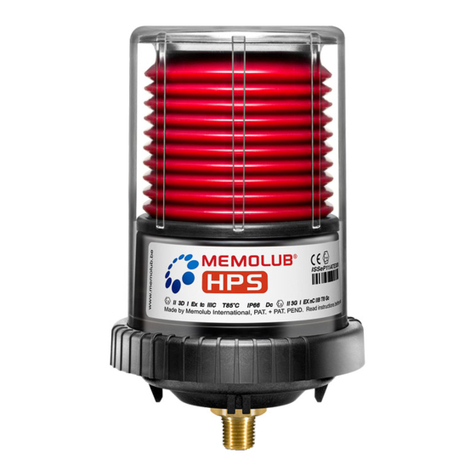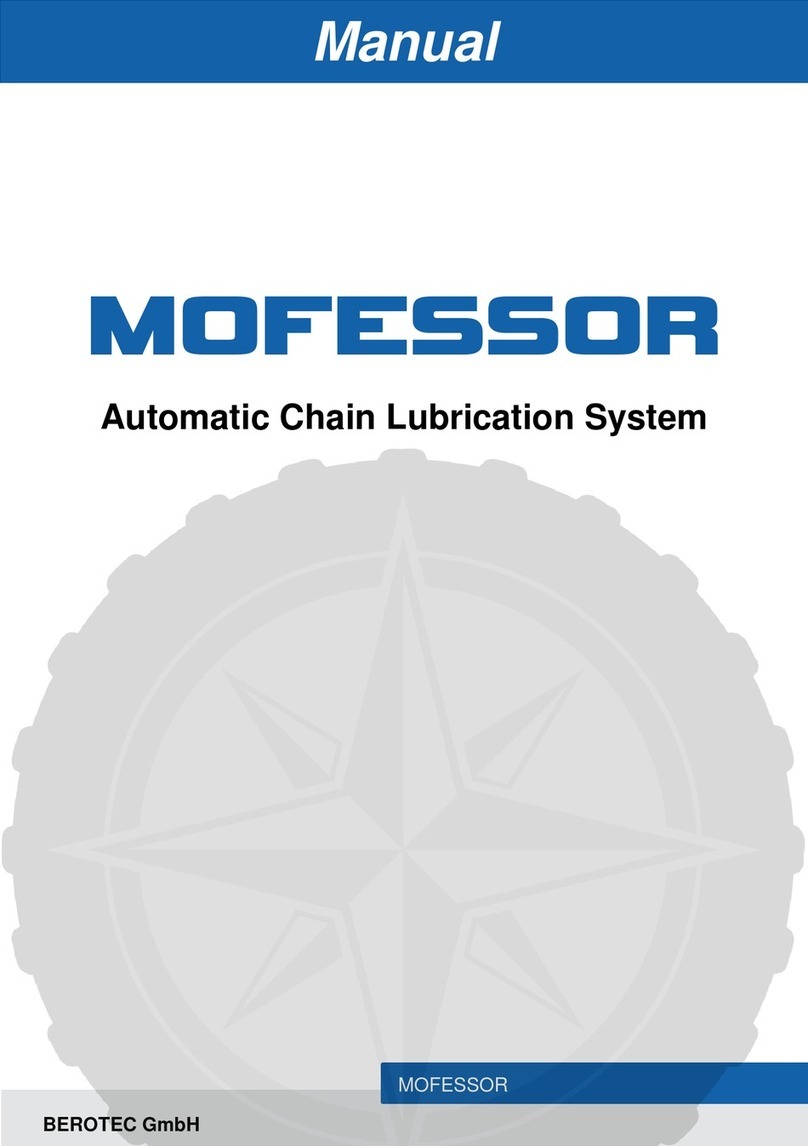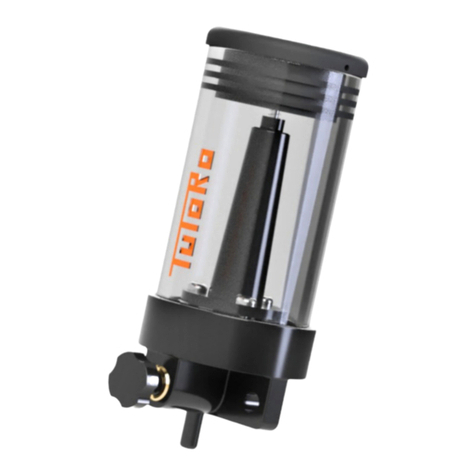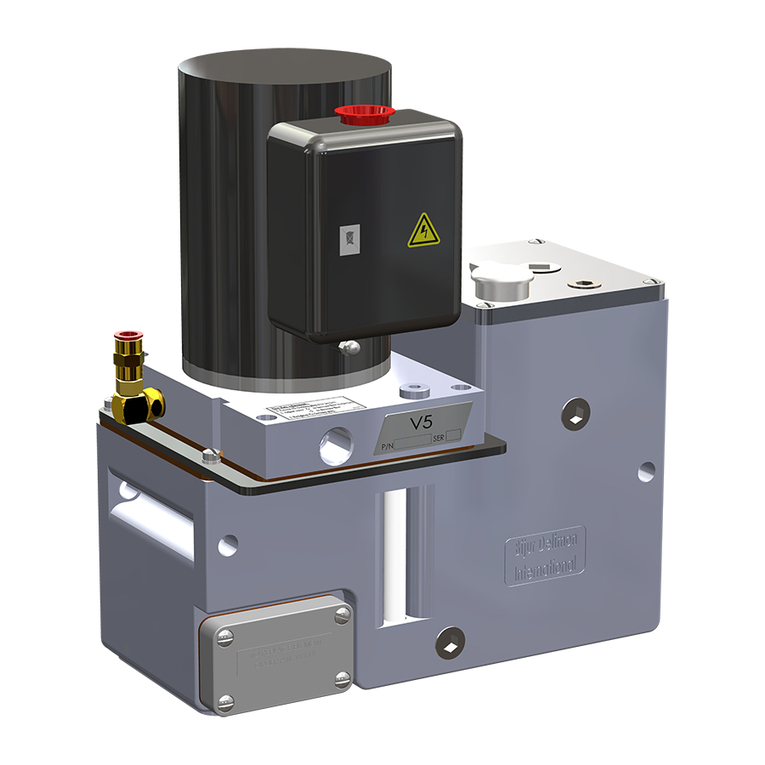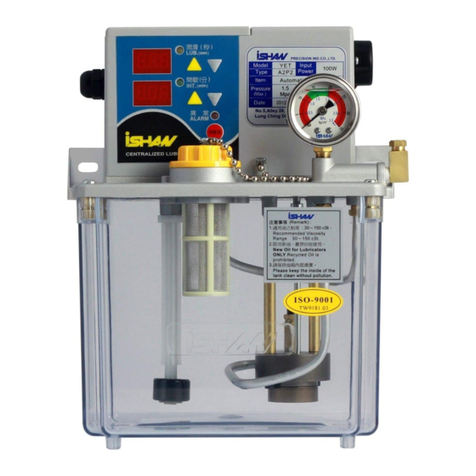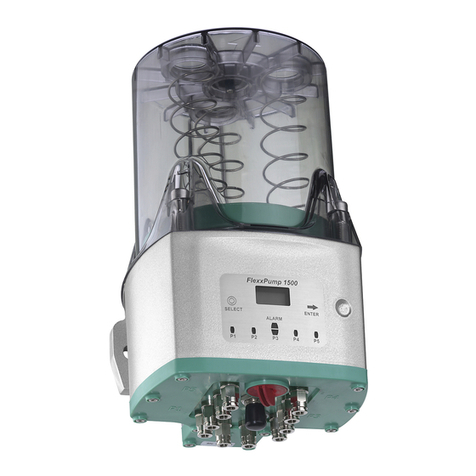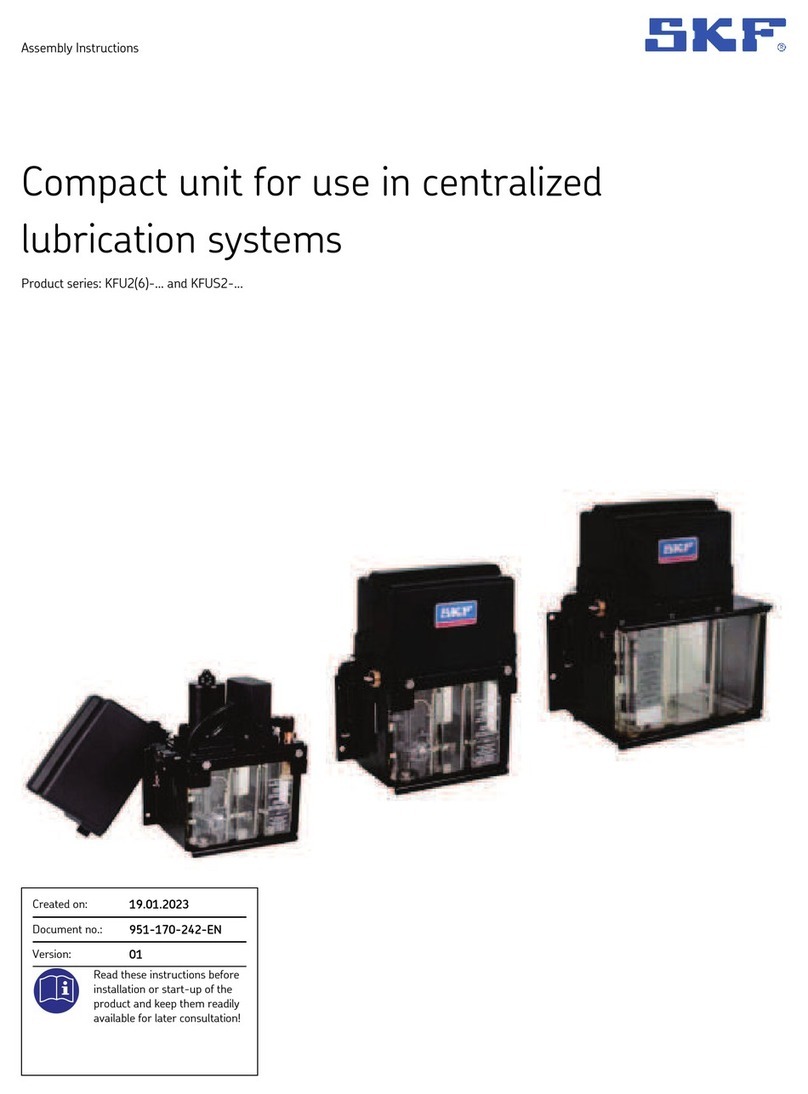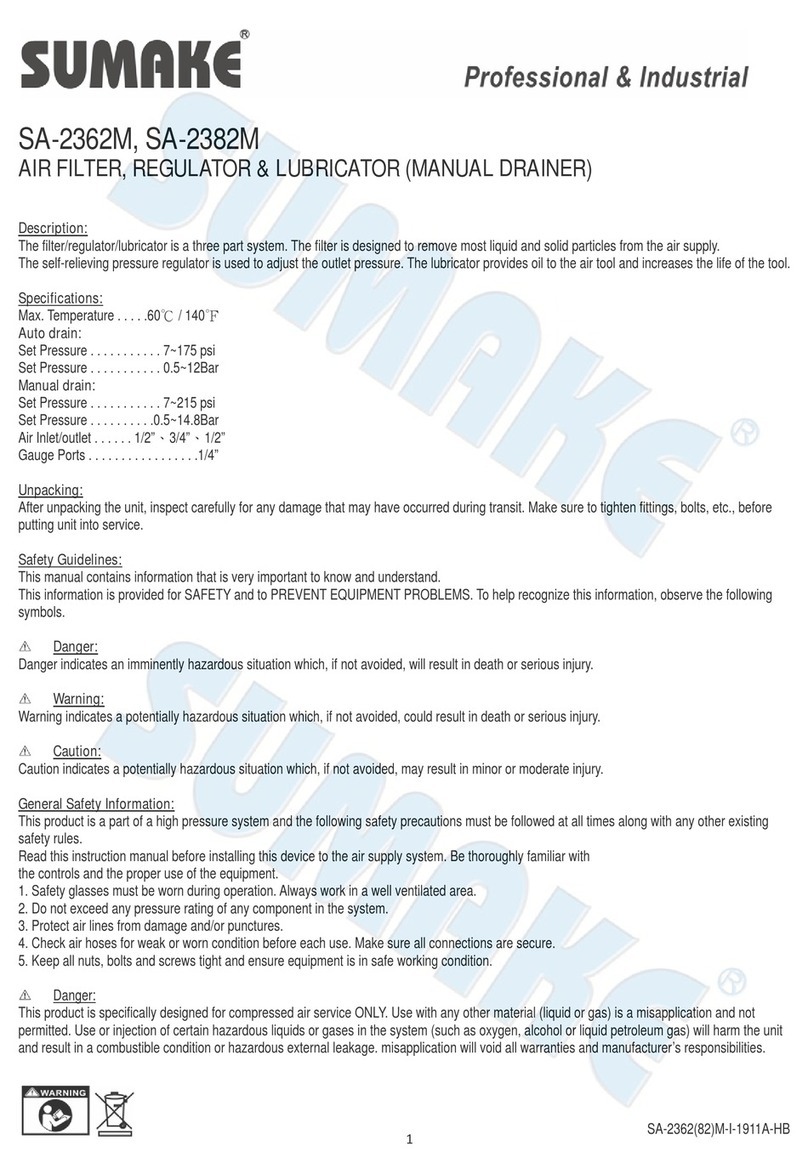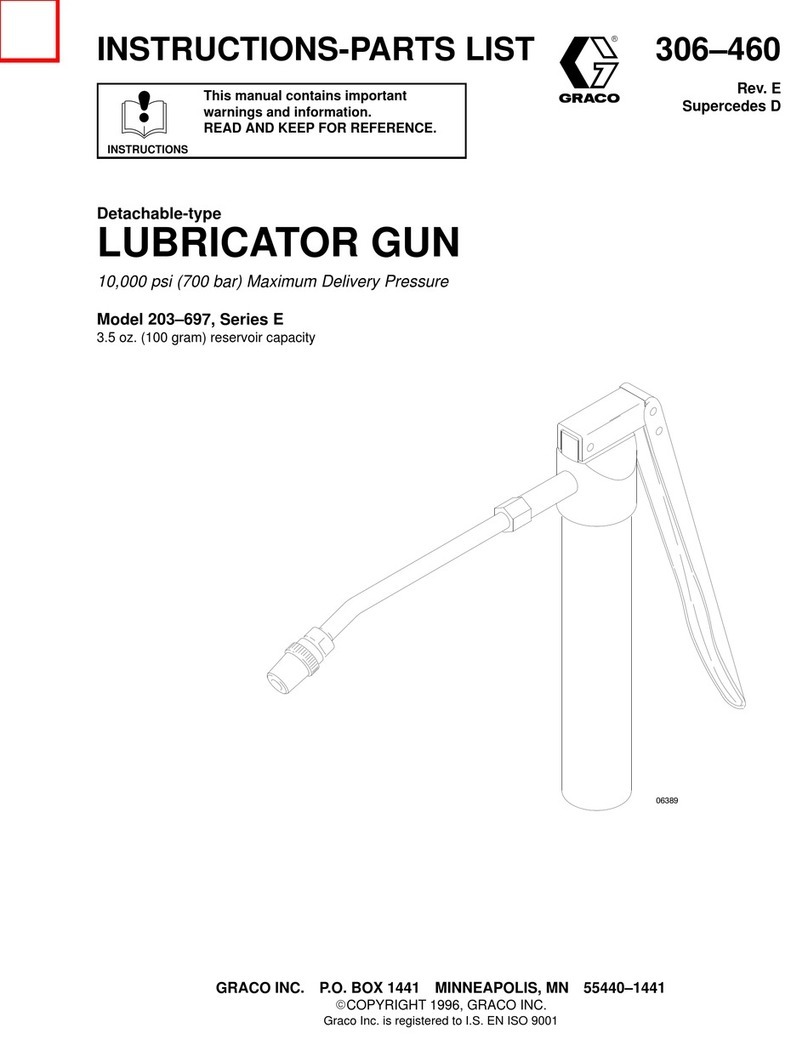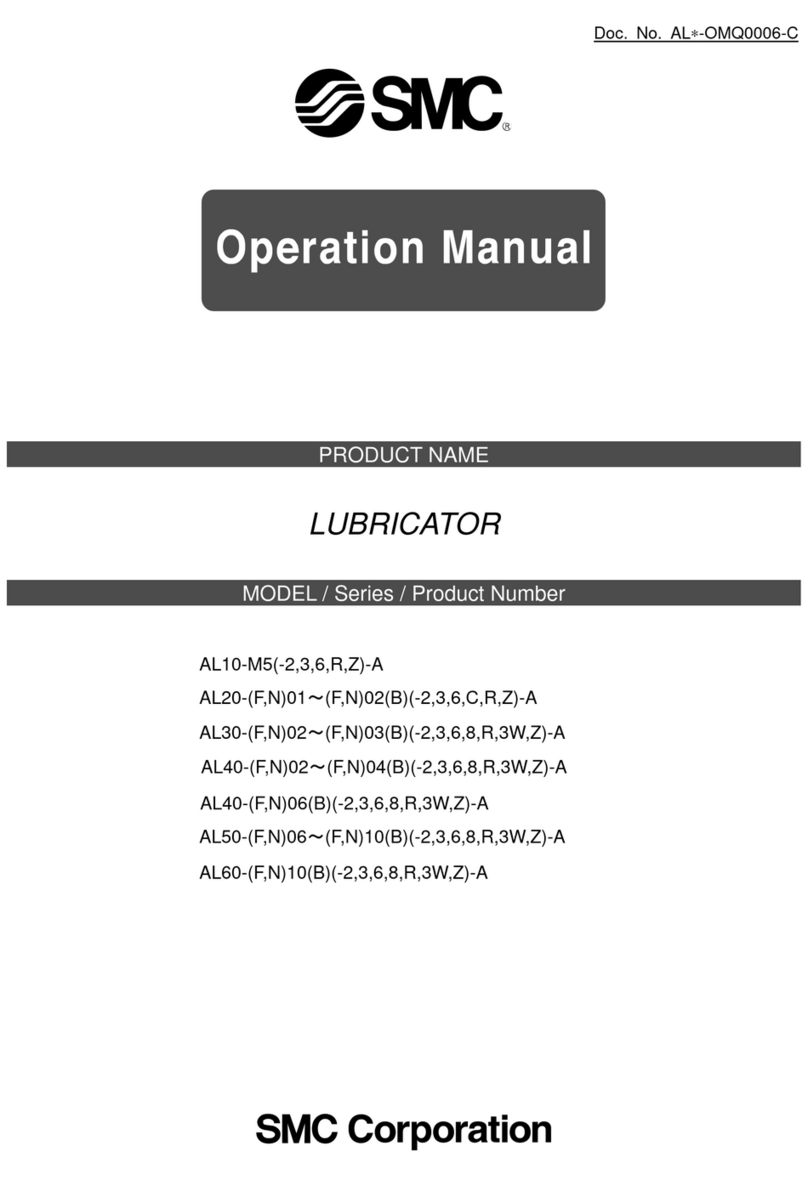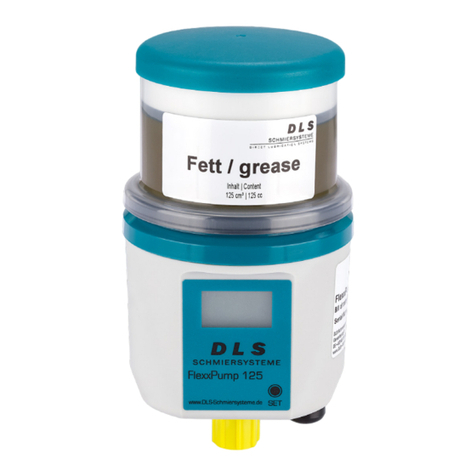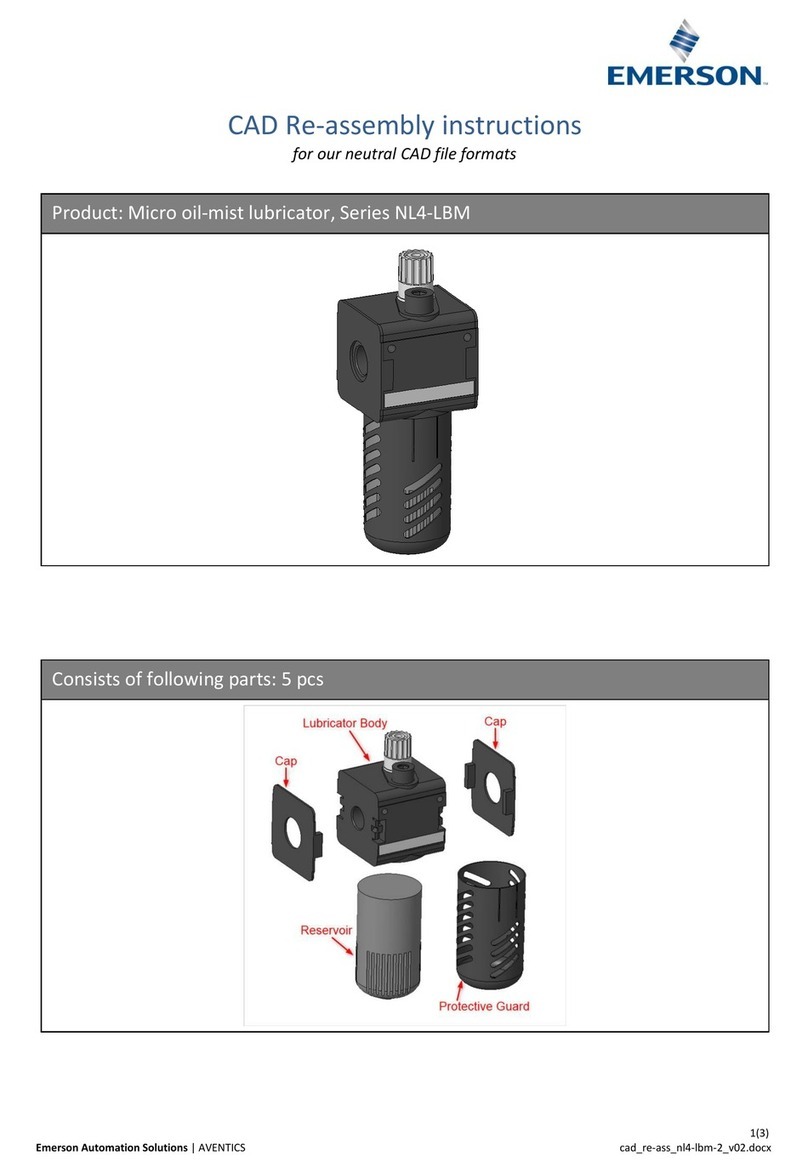
- 5 -
951-180-076-EN
Version 02
EN
Table of contents
4. Technical data ............................................................................. 32
4.1 FF multiline pump unit, characteristics for designs 1M and 2M ....32
4.1.1 VEM motor characteristics, design “tb” (dust) .............................33
4.1.2 Siemens motor characteristics, design “tb” (dust) ......................35
4.1.3 VEM-Sondermotorkenngrößen, Ausführung "tb" (Staub) .......36
4.1.4 Cemp -Sondermotorkenngrößen, Ausführung "tb" (Staub) ....37
4.1.5 VEM motor characteristics, design “d/de” (gas) ..........................38
4.1.6 Displacement of pump elements ..................................................40
4.1.7 FF type code ....................................................................................41
4.2 FB multiline pump unit, characteristics for designs 1M and 2M ....42
4.2.1 VEM motor characteristics, design “tb” (dust) .............................43
4.2.2 VEM motor characteristics, design “d/de” (gas) ..........................44
4.2.3 Displacement of pump elements ..................................................46
4.2.4 FB type code ....................................................................................47
5. Delivery, returns, storage, transport .......................................... 48
5.1 Delivery ..................................................................................................48
5.2 Return shipment ...................................................................................48
5.3 Storage ...................................................................................................48
5.3.1 Corrosion protection .......................................................................48
5.3.2 Special storage conditions for motors ..........................................49
5.4 Transport ...............................................................................................49
5.4.1 Transporting the multiline pump unit using transport
net and crane ..................................................................................50
5.4.2 Transport by pallet truck or forklift ...............................................51
6. Assembly ..................................................................................... 52
6.1 General information .............................................................................52
6.1.1 Assembly location ...........................................................................53
6.2 Mechanical connection .........................................................................53
6.2.1 Minimum mounting dimensions ..................................................53
6.2.2 Tightening torques .........................................................................54
6.2.3 Assembly holes ...............................................................................54
6.2.4 Assembly process ...........................................................................54
6.2.5 Assembly drawing FF, 1M ..............................................................56
6.2.6 Assembly drawing FF, 2M ..............................................................57
6.3 Removal and clearance dimensions of the FF fill level controls ......58
6.3.1 Assembly drawing FB, 1M; drive position A (standard) .............59
6.3.2 Assembly drawing FB, 1M; drive position B ................................60
6.3.3 Assembly drawing FB, 1M; drive position G (standard) .............61
6.3.4 Assembly drawing FB, 1M; drive position E ................................62
6.3.5 Assembly drawing FB, 2M; drive position H ...............................63
6.4 Removal and clearance dimensions of the FB fill level controls .....64
6.5 Electrical connection ............................................................................65
6.5.1 Establish the motor connection ....................................................67
6.5.2 Establishing equipotential bonding connection ..........................67
6.6 Manual fill level control ........................................................................69
6.7 Electrical connection of fill level controls ...........................................69
6.7.1 Fill level control E ............................................................................70
6.7.2 Fill level control F ............................................................................71
6.7.3 Fill level control H ...........................................................................72
6.7.4 Fill level control J (only on 30-kg reservoir) ................................74
6.7.5 Fill level control W for oil applications ..........................................75
6.8 Lubrication line connection .................................................................76
6.8.1 Assembly of the lubrication lines ..................................................77
